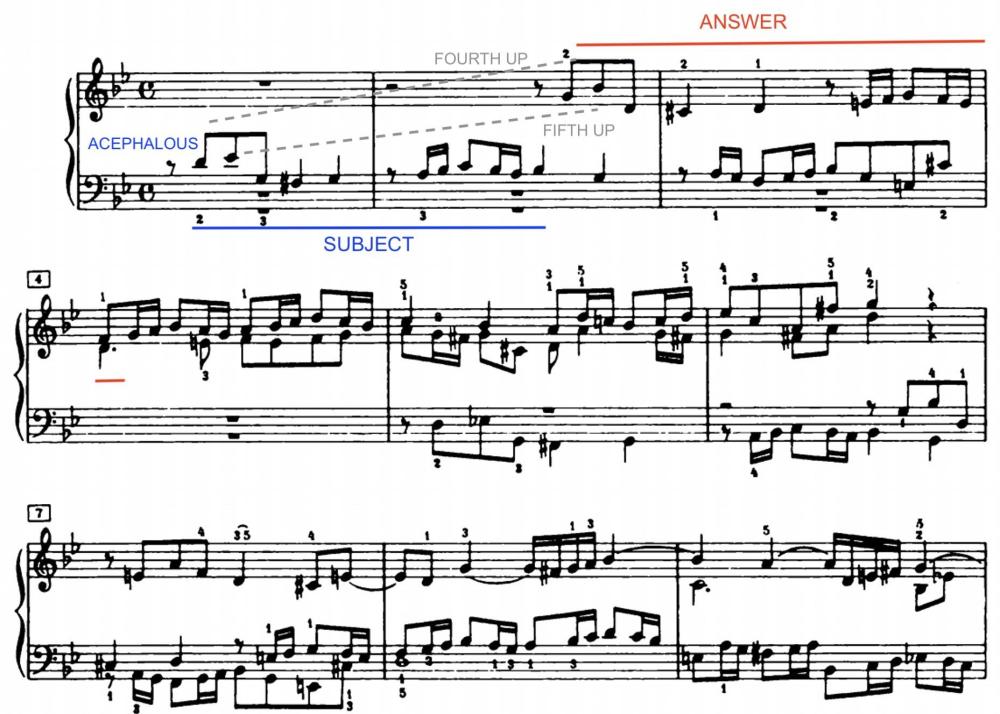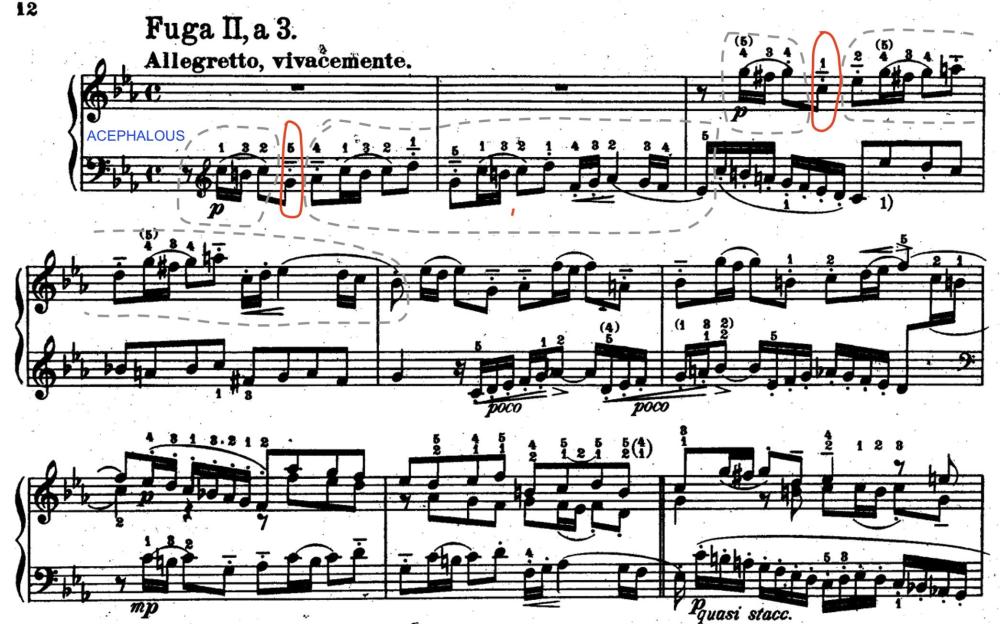Search the Community
Showing results for tags 'fugue writing'.
-
Lately, I've been trying to improve my knowledge (I don't know if my writing as well) about the Fugue. Apart from observing the intervals and parallels, which I need to be more aware of, I've been asking myself some questions that I think are important and I've been doing some research and thinking about it. In this thread I want to point out two things. As an example, I put the expositions of the fugue in Gm and the fugue in Cm, both by Bach. 1. Why do many fugues have an ACAPHALOUS beginning? That is, they start with some silence and the notes in weak part. 2. Why in the answer to the subject, which occurs a fifth above, is there a note that Bach transposes a fourth? In the first (fugue in Gm) the first note is a D, and it is raised a fourth (G), while the rest of the answer is raised a fifth. In the second (fugue in Cm), the fourth note, a G, of the subject, is raised to C = a fourth. The rest is raised a fifth. I have my theories and answers, but I would like more opinions.




